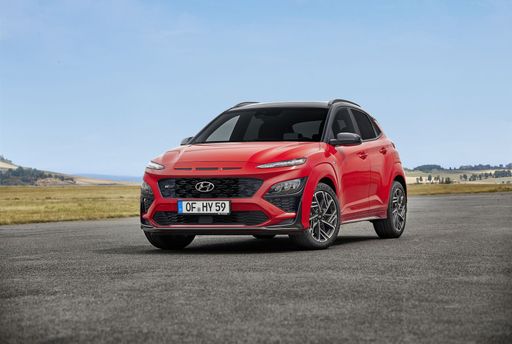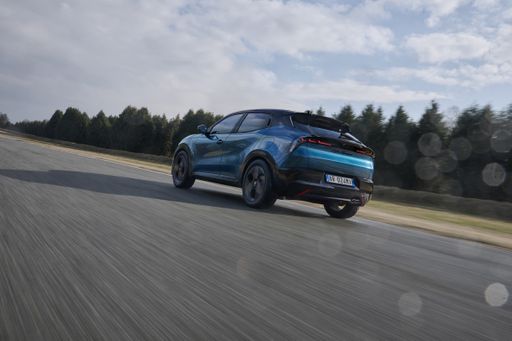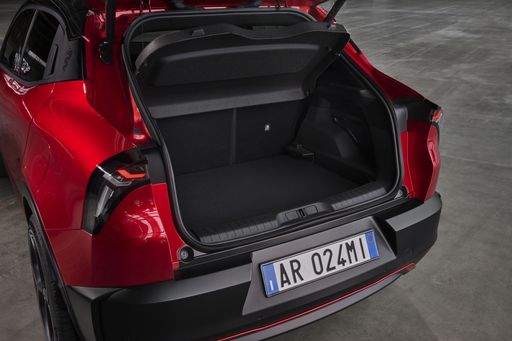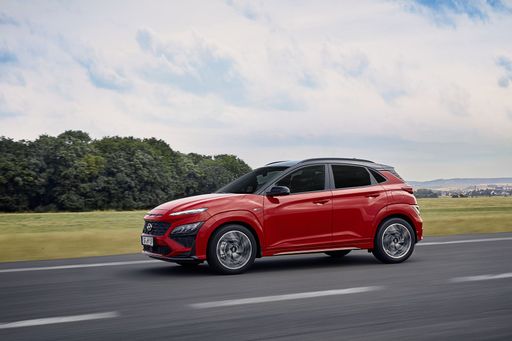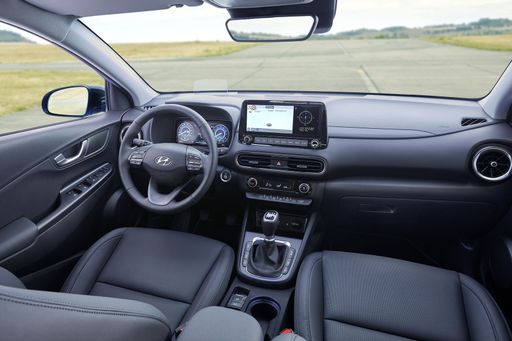Performance Showdown: Engine and Transmission
When it comes to performance, the Alfa Romeo Junior and the Hyundai Kona take different approaches, showcasing a variety of powertrain configurations. The Junior is offered with both electric and Mild Hybrid Electric Vehicle (MHEV) petrol engines, delivering power outputs ranging from 136 HP to a brisk 280 HP. Its electric variant stands out with a torque of 260 Nm and an electric range between 315 km and 410 km. The Junior's diverse drivetrain options include both front-wheel and all-wheel drive, with acceleration from 0 to 100 km/h in approximately 5.9 to 9.1 seconds, depending on the model.
In contrast, the Hyundai Kona presents a wide array of choices, including petrol, full hybrid, and electric engines, with horsepower ranging from 100 HP to a competitive 218 HP. The Kona also supports both manual and automatic transmissions, offering flexibility for different driving preferences. Notably, the electric Kona demonstrates an impressive electric range of up to 514 km, coupled with an efficient consumption rate of 14.6 kWh/100km.

